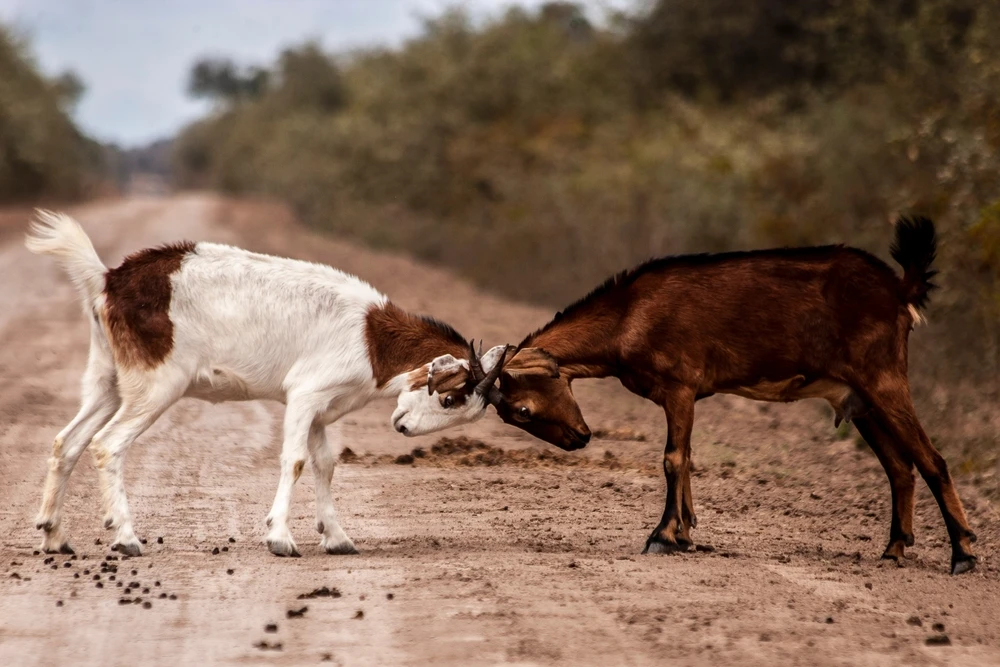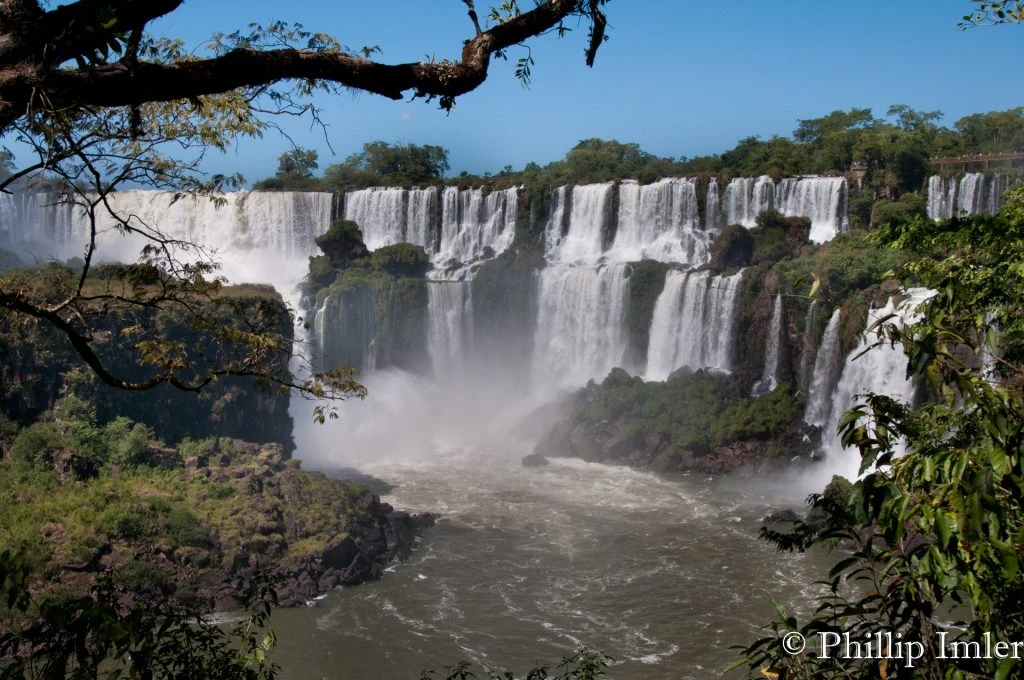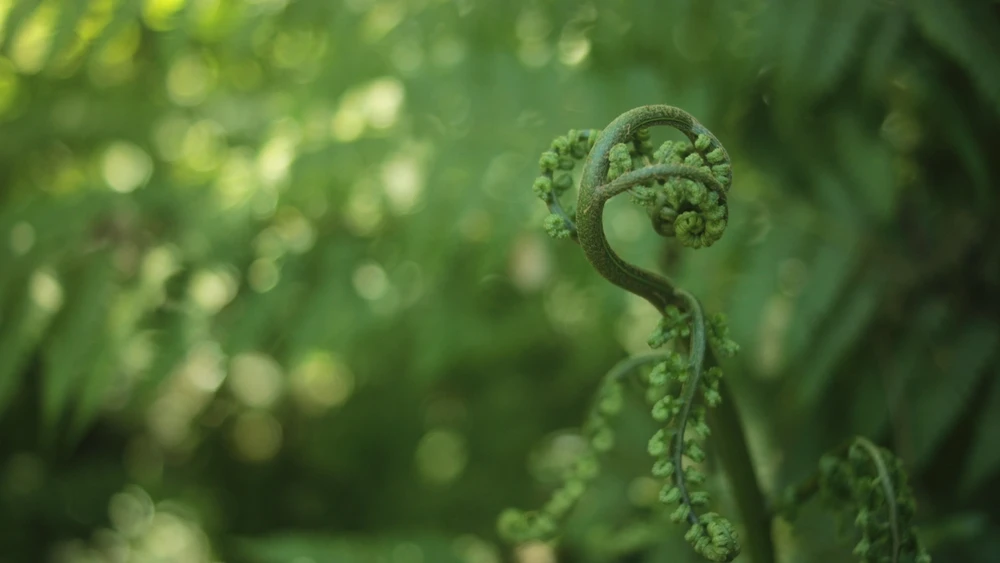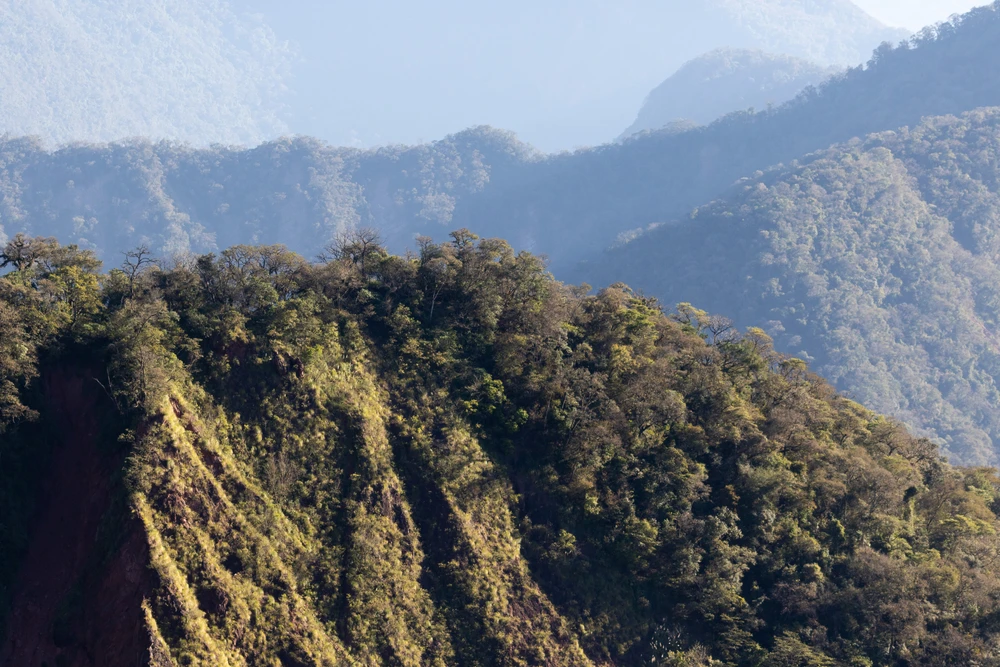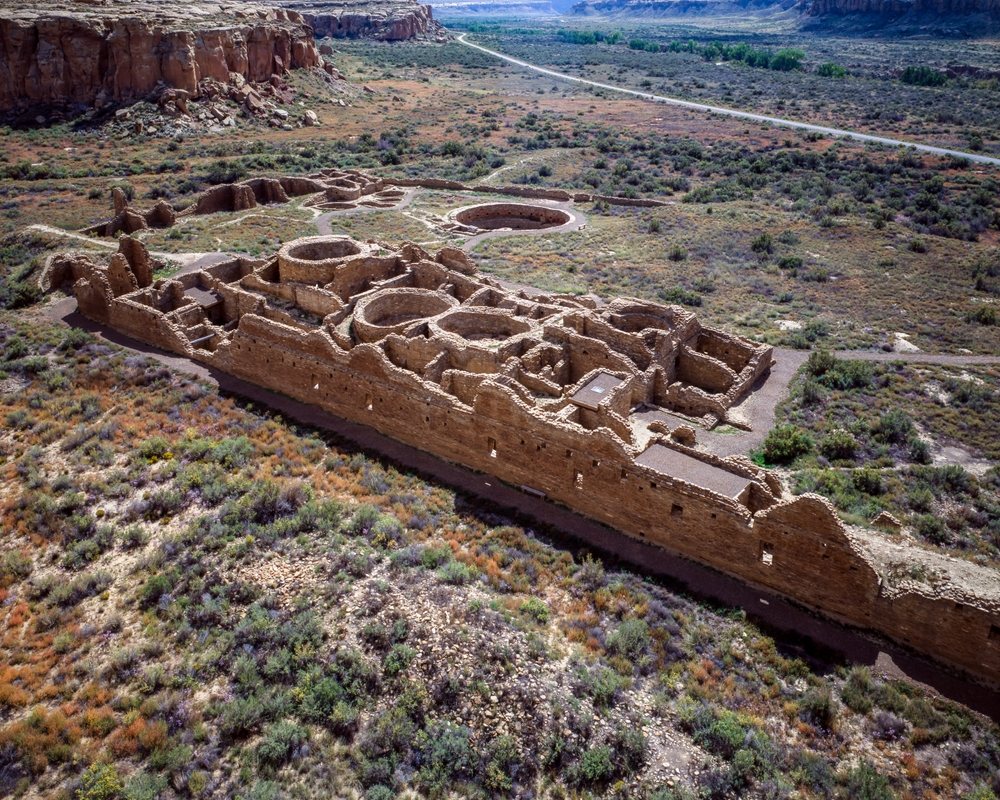El Impenetrable Overview
El Impenetrable National Park, known as Parque Nacional El Impenetrable in Spanish, is located in the Chaco region of northern Argentina.
Covering approximately 1,360 square miles (3,500 square kilometers), this park protects one of the largest remnants of the Gran Chaco forest, a vast and biodiverse biome that spans Argentina, Paraguay, Bolivia, and Brazil.
Situated in the province of Chaco, the park lies along the Bermejo River, which plays a crucial role in sustaining the region’s rich ecosystem. The name “El Impenetrable” originates from the dense, thorny forests and difficult terrain that characterize the area, making it historically challenging to explore.
The park’s landscape consists of dry forests, wetlands, and meandering rivers that create a striking mix of habitats. The thick vegetation includes quebracho trees, palo santo, carob trees, and thorny shrubs, forming an almost impenetrable wall of greenery.
The presence of marshlands and seasonally flooded areas adds variety to the terrain, supporting a unique blend of plant and animal life. The Bermejo River acts as a lifeline, providing essential water to the ecosystem and creating a habitat for aquatic species. During the dry season, the landscape transforms, revealing open areas that contrast with the dense woodland.
El Impenetrable National Park is home to a remarkable array of wildlife, with many species being rare or endangered. The park serves as a refuge for the elusive jaguar, the largest predator in South America, which has become increasingly rare in Argentina. Other large mammals include the giant anteater, the maned wolf, and the lowland tapir, all of which rely on the park’s diverse ecosystems for survival.
Capybaras and peccaries can also be spotted near water sources. The birdlife is just as impressive, featuring species such as the crowned eagle, the red-legged seriema, and the toco toucan. The presence of migratory birds and raptors further enriches the avian diversity, making the park an excellent destination for birdwatchers.
Visitors to El Impenetrable National Park often seek out its unique features and opportunities for exploration. The Bermejo River offers a scenic route for canoeing and wildlife viewing, while guided safaris provide a chance to encounter some of the park’s most iconic species.
Hiking trails wind through the dense forest, allowing visitors to immerse themselves in the rugged beauty of the Chaco. Eco-lodges and camping areas near the park entrance provide accommodation for those looking to stay overnight and experience the natural rhythms of the environment. The park’s remoteness ensures that encounters with nature remain intimate and undisturbed.
Conservation efforts within El Impenetrable National Park have been significant, as the area was once under threat from deforestation and agricultural expansion. The park was officially established in 2014 to protect the remaining Chaco forest and its inhabitants.
Efforts to support jaguar conservation have been particularly noteworthy, with ongoing monitoring programs aiming to track and preserve this keystone species. Challenges remain, including controlling illegal hunting and mitigating human-wildlife conflicts, but the park represents a major success in Argentina’s conservation strategy.
Through continued protection and sustainable tourism initiatives, El Impenetrable National Park remains a vital sanctuary for some of South America’s most extraordinary wildlife.








































































